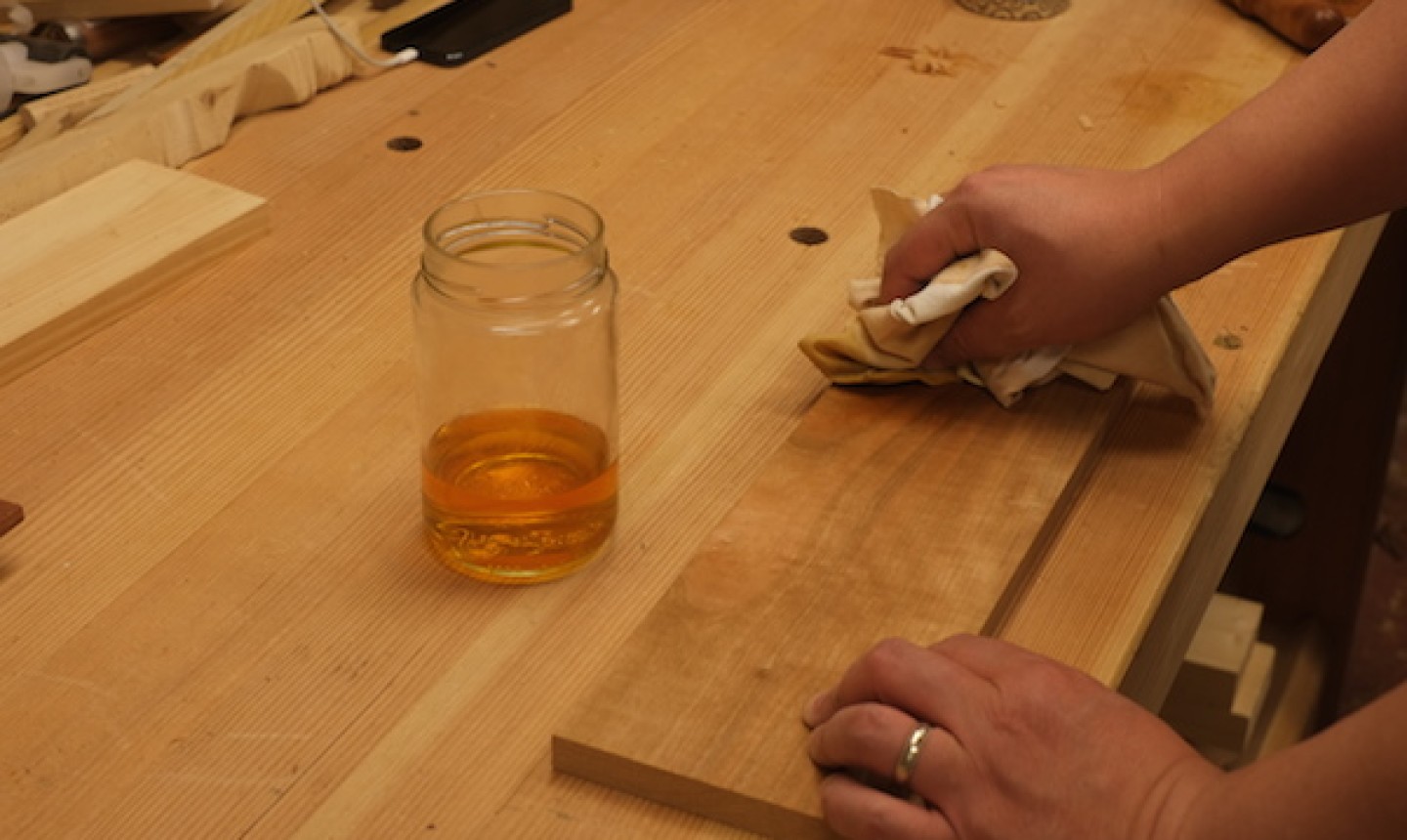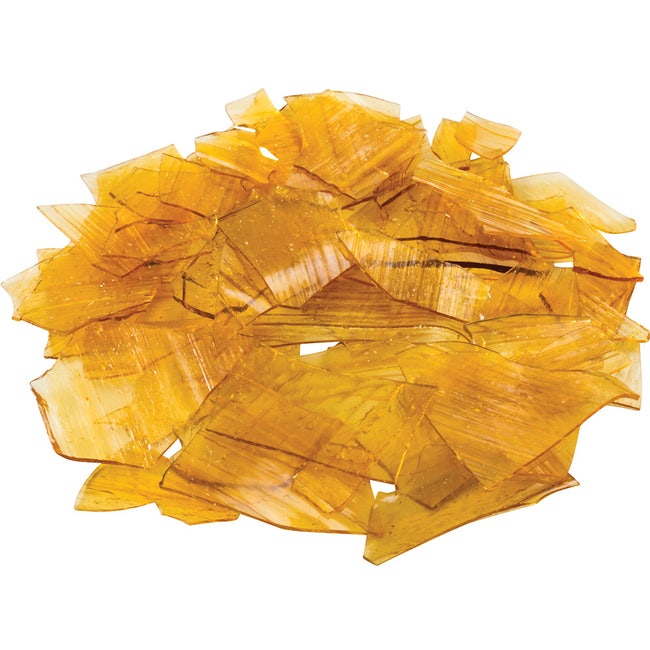Enhancing Woodwork Projects with Shellac Flakes: A Comprehensive Guide

When it comes to finishing your woodwork projects, you have a myriad of options to choose from. One classic and versatile choice is shellac flakes. Shellac is a natural resin-based finish that can impart a warm, timeless look to your woodwork while offering protection. In this article, we will explore the advantages of using shellac flakes and provide a step-by-step guide on how to use them to achieve beautiful results in your woodworking endeavors.
Why Choose Shellac Flakes?
Shellac flakes have been used for centuries in woodworking for several compelling reasons:
- Natural Origin: Shellac is a resin secreted by the lac bug and harvested from the bark of certain trees. It is a renewable and eco-friendly finish, making it an excellent choice for environmentally-conscious woodworkers.
- Versatility: Shellac works well on a wide range of wood species and can be used as a sealer, finish, or topcoat. It enhances the natural beauty of the wood while allowing it to breathe.
- Quick Drying: Shellac dries rapidly, allowing you to build up multiple coats in a relatively short time.
- Easy Repair: If your shellac finish becomes damaged or worn over time, it is easy to repair with a fresh coat of shellac.
- Warm and Traditional Look: Shellac imparts a warm, amber hue to wood, giving it a classic, traditional appearance. It can be used to create a beautiful aged effect.

Materials and Tools Needed
Before you begin, gather the necessary materials and tools:
- Shellac Flakes: Choose high-quality shellac flakes in your preferred color. Clear and amber are common choices.
- Denatured Alcohol: To dissolve the shellac flakes and create a workable finish.
- Glass Container: Use a glass jar or container with a lid to mix and store the shellac solution.
- Fine-Mesh Strainer: To remove impurities from the dissolved shellac.
- Cheesecloth or Coffee Filters: For filtering the shellac mixture.
- Brushes: Quality brushes designed for finishing work.
- Sandpaper and Sanding Blocks: To prepare the wood surface.
- Safety Gear: Safety goggles, gloves, and adequate ventilation for working with denatured alcohol.
Step-by-Step Guide
Prepare the Wood Surface:
Start with a clean and sanded wood surface. Ensure it is free of dust and debris.
Mix the Shellac:
- Measure out the desired amount of shellac flakes based on your project’s size and requirements.
- In a glass container, add the shellac flakes.
- Gradually add denatured alcohol, stirring the mixture until the flakes are completely dissolved. The ratio of shellac flakes to alcohol will determine the concentration and thickness of the finish. A 1:4 or 1:2 ratio (flakes to alcohol) is common for most projects.
Filter the Shellac:
Pour the shellac mixture through a fine-mesh strainer or cheesecloth into a clean container to remove any impurities or undissolved flakes.
Apply the Shellac:
- Use a quality brush to apply a thin, even coat of shellac to the wood surface. Always work with the grain of the wood.
- Allow the first coat to dry completely. Shellac dries quickly, usually within 30 minutes to an hour.
Sand Between Coats:
After the first coat has dried, lightly sand the surface with fine-grit sandpaper or sanding blocks to smooth any imperfections.
Apply additional coats, repeating the sanding process between each one until you achieve the desired finish thickness.
Finish and Buff:
Once you’ve built up the desired number of coats, allow the final coat to dry thoroughly. If desired, buff the shellac finish with a clean, soft cloth to enhance its sheen.
Maintenance and Repair:
Shellac is relatively easy to maintain. If the finish becomes damaged or dull over time, lightly sand the affected area and apply a fresh coat of shellac.
Using shellac flakes to finish your woodwork projects can result in a beautiful, traditional, and protective finish. Its natural origin, versatility, quick drying time, and ease of repair make it a favored choice among woodworkers. By following the steps outlined in this guide, you can enhance the appeal of your woodwork while preserving its timeless charm with a shellac finish.
Comments
Add comment